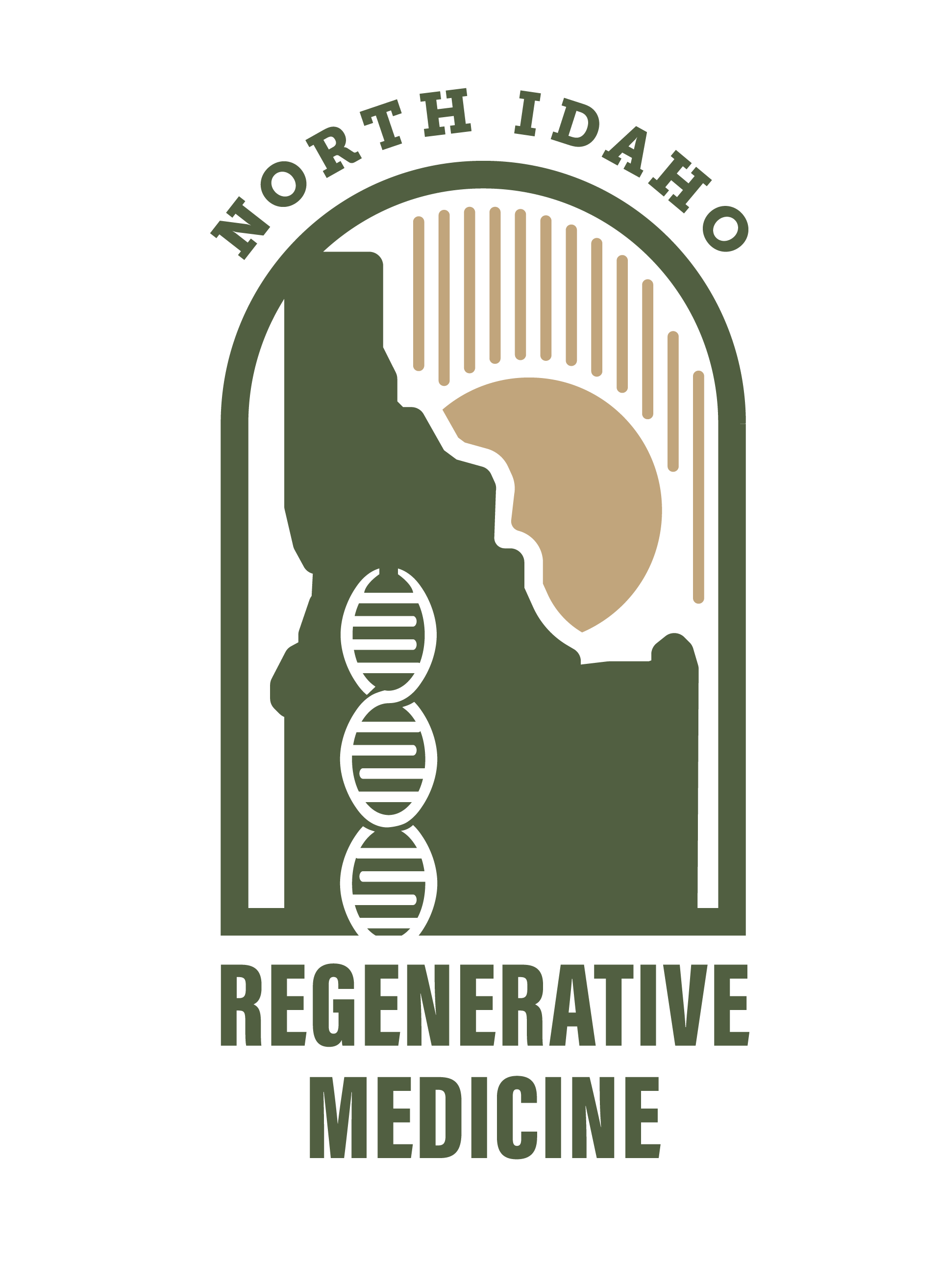Pre Treatment Instructions
These guidelines are meant to help optimize your chance for a successful treatment. Please read them carefully.
At least 2 weeks prior to treatment discontinue taking anti-inflammatory pain medications such as Ibuprofen (Advil, Motrin), Indocin (Indomethacin), Naproxen (Aleve, Naprosyn), Meloxicam (Mobic), Diclofenac (Voltaren), Phenylbutazone, Celebrex, Corticosteroids (Prednisone, Medrol dose pack, Cortisone) and Aspirin (Excedrin). These pharmaceuticals inhibit the healing response. You may experience an increase in pain as well as withdrawal symptoms as you have been previously controlling your pain through these medications. You may continue Baby Aspirin for your heart.
These medications are ok to take: Tylenol, Opioids, and Tramadol. Do not discontinue any other medications you may be taking. If you are on a blood thinner, be sure and notify your provider.
If you have received a steroid injection for your pain, you need to wait 1 month before receiving a Regenerative Medicine treatment.
Discontinue any anti-inflammatory supplements at least 1 week prior to treatment. These include: turmeric (curcumin), fish/krill oil, boswellia (frankincense), devil’s/cat’s claw, proteolytic enzymes (bromelain), resveratrol, white willow bark, and ginger. Spices are ok.
Eat a light meal and drink plenty of water before the procedure. Not eating enough may cause you to faint. As a rule, drink half your bodyweight in ounces of water daily.
Please wear comfortable clothes that you can easily take off and put on. Wear supportive shoes, especially if you are having an ankle procedure.
To minimize risk of infection, shower and wear clean clothes before the treatment.
Consuming a whole foods diet is essential in the healing and repair process. Avoid sugar and eat a low carbohydrate diet rich in proteins, vegetables, nuts/seeds, and whole fruits (paleo/mediterranean diet).
Discontinue smoking/vaping and binge drinking as it will negate the healing process.
Set goals for weight loss if needed to decrease stress to the affected joints.
Arrange for a driver **patients taking Valium MUST have a driver**
**Have realistic expectations and be patient. While we are happy to report that our overall results are excellent, we do not help everyone. If your procedure does not meet your expectations, it’s simply because it doesn’t work on everyone. Even in the best case scenario, healing and improvement in pain may take up to three to six months and can continue for a year. So if you are a few weeks out and are not miraculously better, don’t panic. Please be patient, this is not a quick- fix.**
Post Treatment Instructions
- Soreness - Soreness is normal after the injection. This can last for up to 10 days following the treatment.
- Numbness - You may be numb in the area(s) treated for a few hours following the treatment.
- For pain relief you may use:
- Extra Strength Tylenol - Take 2 pills every 4-6 hours. Do not exceed 3,000 mg (6 pills) in a day
- Narcotic medications such as Tramadol
- Muscle relaxants or magnesium
- Heating pad - 15 minutes at a time
- Gentle stretching
- DO NOT:
- Ice the area of injection
- Take Ibuprofen (Advil, Motrin), Indocin (Indomethacin), Naproxen (Aleve, Naprosyn), Meloxicam (Mobic), Diclofenac (Voltaren), Phenylbutazone, Celebrex, Corticosteroids (Prednisone, Medrol dose pack, Cortisone) and Aspirin (Excedrin). You may continue taking baby Aspirin if you are taking it for your heart.
- Avoid large bodies of water including baths, hot tubs, lakes, etc. for 48 hours following the treatment
- If you’ve had a tissue allograft injection, avoid alcohol for 2-3 weeks
- Activities following the treatment:
- AVOID heavy exercise, repetitive motions, and impact sports for 1 month following the treatment
- All other movements and activities are okay, such as walking, stationary bicycle, gentle stretching, etc.
- Remember, “MOTION IS LOTION!” meaning movement will help facilitate the healing process
- Do not overdo it. IF IT HURTS, DON’T DO IT!
- Be Patient:
- It can take 4-6 weeks to regenerate tissue and can continue for months after that. Do not be discouraged. With tissue allograft treatments, the benefits are usually seen in between 3-6 months. Repeating the treatment after 6 months to 1 year may be necessary to optimize benefits especially for old chronic injuries or advanced “bone on bone” arthritis.
- You may experience the “roller coaster” syndrome where you feel great one day, and for no apparent reason, the area treated starts to hurt again. This is normal in the healing process.
- Monitor for Signs of Infection - This is an extremely rare complication of injection therapies, however if left untreated can be a serious condition. If any of the following occur, please notify North Idaho Regenerative Medicine immediately or go to the nearest emergency room:
- Redness, swelling, heat over the joint
- Fever
- Continual worsening of pain
“Regenerative Medicine is a natural, safe, and effective treatment for chronic pain.”
Dr. Aaron Potts
Why Am I Still in Pain? What Went Wrong?
Unfortunately, due to the habit of treating pain with NSAIDs or steroids, which can shut down the body’s natural healing ability, the healing process can be derailed before the actual injury is fully mended. Although these options can temporarily relieve acute pain, in the long run, they are more harmful than helpful. Other contributors to pain are low blood flow to an area, deficiency in vitamins and/or minerals, poor diet, scar tissue, hormonal imbalances, and/or smoking.
“Regenerative Injection Therapy” or “Regenerative Medicine” is an umbrella term that encompasses many different therapies including: Prolotherapy, Platelet Rich Plasma (PRP), and Human Umbilical Cord Tissue (HUCT). Based on the condition and degree of degeneration, we can determine which treatment path best suits your needs at your initial consultation.
Regenerative Medicine allows your body to restart the healing process and gives the body a second chance at healing, thus eliminating the pain through resolving instability and the degenerative process.

